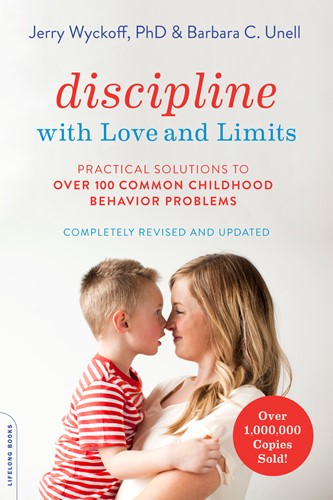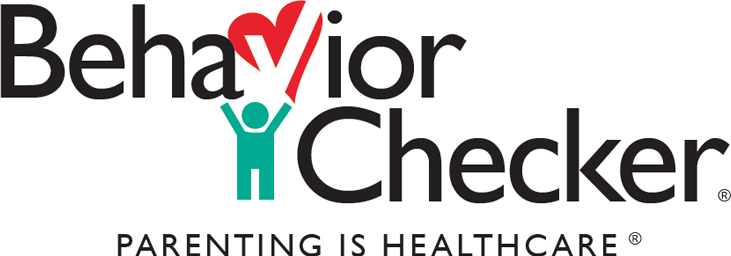Third, follow the practical suggestions in “What to Do” and “What Not to Do”.
What to Do: To solve the problem most effectively, think of each “What to Do” suggestion as tool to teach a new behavior to replace the behavior you want to change. The guiding principle for changing children’s behavior is, “Try the simplest tool first.” This usually means showing your child what to do and encouraging him to do it. Think about what’s most comfortable for you and for your child when using a tool. And if that tool doesn’t immediately work, don’t give up! It may take lots of days (weeks, months) of practicing to learn how to use polite language, for example, if your child is used to cursing and swearing. You may choose to try more than one tool in the “What to Do” suggestions. Just remember, children learn by practicing. Being a consistent teacher is the best way your child will learn the behavior lesson you are teaching—and patience is key.
Learning a new behavior is also an “up and down” process. So don’t expect your child to necessarily do the new behavior on Monday, even though she did on Sunday. And when you change teaching tools—for example, using Grandma’s Rule instead of shouting—your child may test you by continuing the old behavior just to see if you will follow through with Grandma’s Rule! Be consistent and practice, practice, practice! As in the case of teaching your child to eat with a spoon, for example, it’s a slow, gradual process.
Certain words and actions will feel more natural to use for some than for others. Change a word or two if the exact language we suggest doesn’t feel comfortable for you to say. Make what you say and do believable to your child. And don’t forget that the tone of voice you use can make the difference in motivating your child—stay calm and positive!
What Not to Do: It’s equally important to know what not to do for each behavior that you think of as a problem. These will help you prevent certain behavior problems from recurring, becoming worse, or creating another problem.

